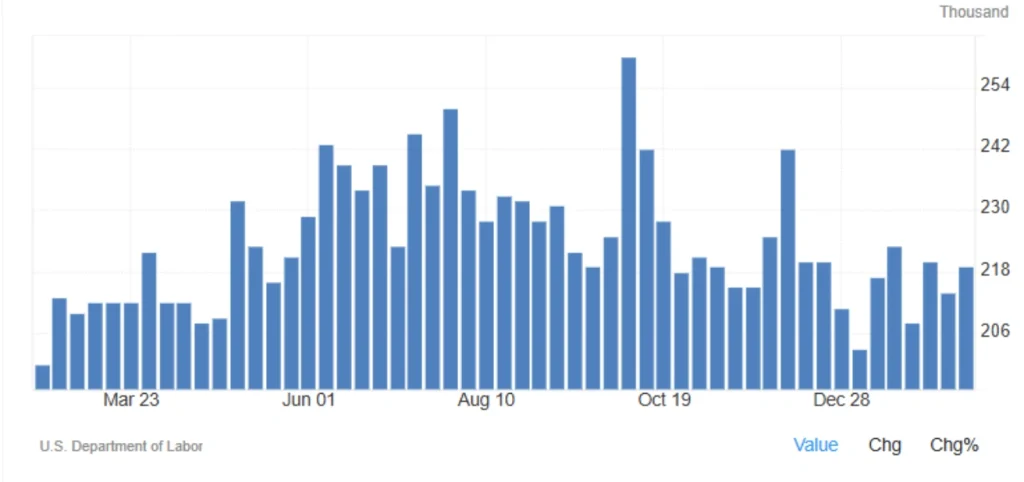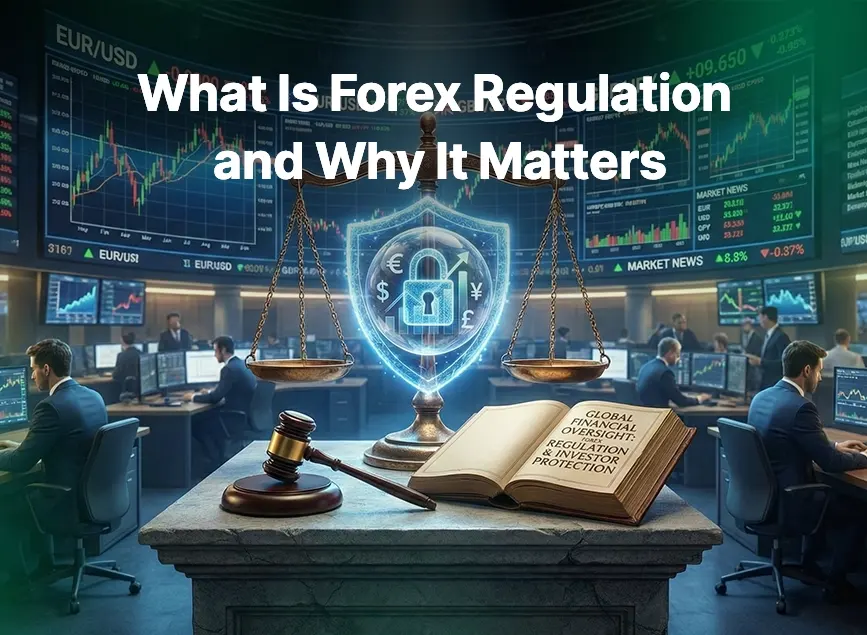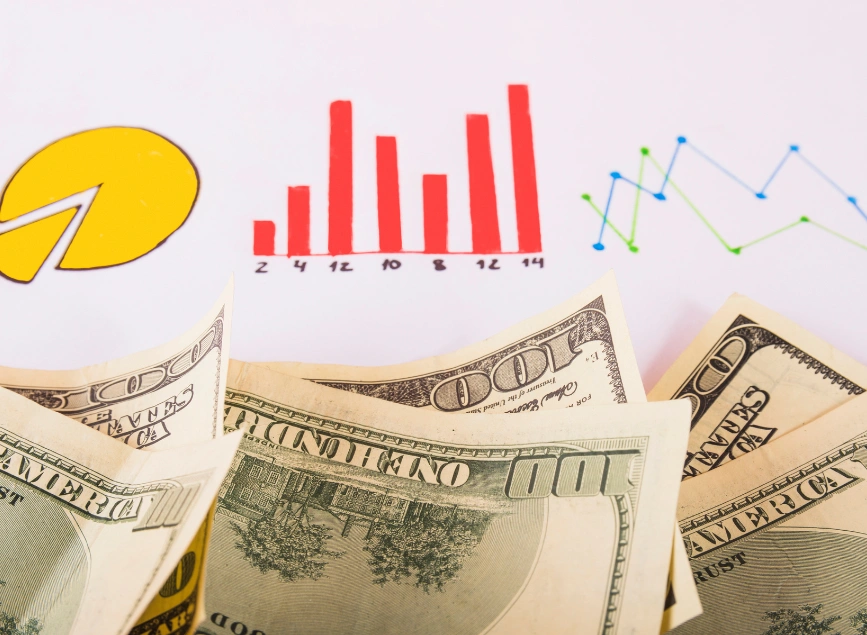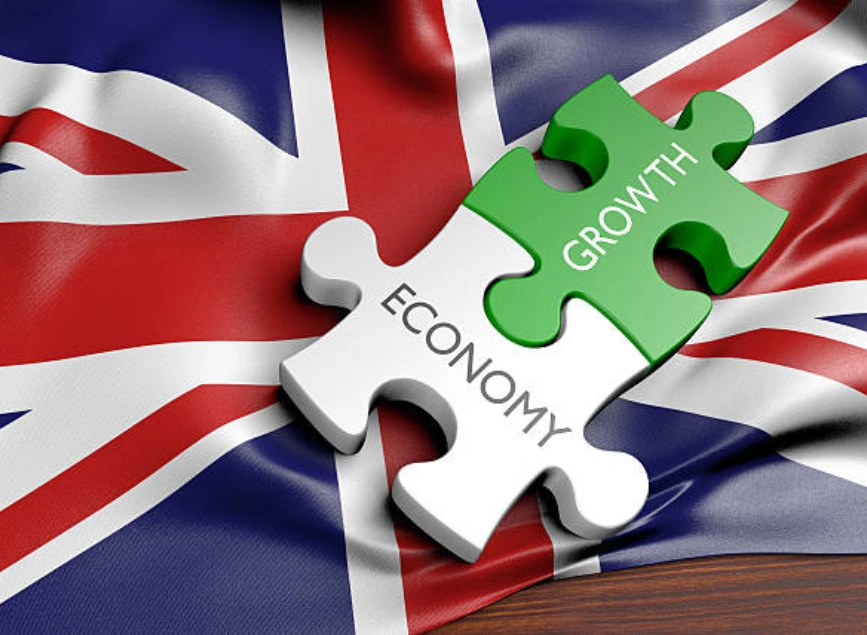
Rising Jobless Claims in the US Indicate a Shift in the Labor Market
The US labor market, long considered one of the strongest pillars of the economy, is showing early signs of adjustment. Initial unemployment insurance claims rose by 5,000 to 219,000 for the week ending February 15, exceeding market expectations of 215,000. Continuing jobless claims reached 1,869,000 in the first week of February, aligning closely with forecasts. While these figures suggest only a slight increase in unemployment, they could signal a broader trend of cooling in the labor market. The four-week moving average, which helps smooth short-term volatility, declined by 1,000 to 215,250, reflecting a gradual shift rather than a sharp downturn.
What These Numbers Reveal About the Economy
A Slight Softening in a Historically Tight Labor Market
Despite the rise in jobless claims, the labor market remains relatively strong. However, signs of a gradual slowdown are emerging, particularly as some industries reduce hiring due to rising production costs and declining consumer demand. Notably, these figures do not account for layoffs from the Department of Government Efficiency (DOGE), a newly established agency under the Trump administration. Employees affected by DOGE-related cuts rely on the federal unemployment compensation program (UCFE), meaning their claims are not reflected in state-level data.
Why This Matters for the Broader Economy
Changes in jobless claims offer valuable insights into hiring trends and business sentiment. A consistent rise in claims could indicate that companies are scaling back, signaling a shift toward a more cautious approach in workforce management. This data is also critical for the Federal Reserve as it assesses the balance between inflation control and economic stability. If job losses continue to rise, the Fed may reconsider its current monetary policy stance, potentially adjusting interest rates to sustain economic momentum.
Key Economic Factors at Play
The Federal Reserve’s Dilemma
An uptick in jobless claims could influence the Fed’s policy direction. Higher unemployment often translates to reduced consumer spending, which in turn slows inflation. If this trend persists, the Fed may face increasing pressure to ease interest rates to support economic activity. Conversely, the central bank remains cautious about cutting rates too soon, as it aims to keep inflation under control. The coming months will be crucial in determining whether labor market conditions warrant a shift in policy.
The Role of DOGE and Government Workforce Reductions
The Department of Government Efficiency (DOGE) has led to federal workforce reductions, but these layoffs are not reflected in the state-level jobless claims data. As more government jobs are phased out, the labor market could experience additional strain, further influencing economic trends.

Understanding Unemployment Claims and Their Broader Implications
What Are Jobless Claims
Initial claims measure the number of first-time applications for unemployment benefits, providing a real-time snapshot of labor market conditions. Continuing claims track individuals who remain unemployed and continue receiving benefits. The four-week moving average helps identify trends by smoothing out short-term fluctuations, offering a clearer picture of labor market dynamics.
Why Jobless Claims Data Is Critical
Labor Market Health. Rising jobless claims may indicate that companies are cutting back on hiring or reducing their workforce, which could signal a slowing economy. Economic Forecasting. Analysts use these figures to predict potential shifts in growth, inflation, and recession risks. Federal Reserve Policy. Unemployment trends influence decisions on interest rates and broader monetary policy adjustments.
Impact on Financial Markets
Stock Market. A rise in unemployment claims can create uncertainty, potentially leading to lower stock prices. Currency Market. Higher-than-expected jobless claims may weaken the US dollar as investors anticipate economic slowdowns. Bond Market. Increased claims could push bond yields lower, as expectations for interest rate cuts grow.
Looking Ahead What’s Next for the US Labor Market
The rise in initial jobless claims to 219,000 suggests a mild cooling of the labor market, though conditions remain historically tight. The full impact of federal workforce reductions linked to DOGE is not yet reflected in the data, meaning further adjustments may be on the horizon. If unemployment continues to rise, the Federal Reserve could face mounting pressure to reconsider its monetary policy approach. Businesses, investors, and policymakers will be closely watching labor market trends in the coming months, as they play a crucial role in shaping the economic outlook for 2025.
Share
Hot topics

What Is Forex Regulation and Why It Matters
If you’ve been thinking about trading currencies or investing in the forex market, you might have seen words like “regulated,” “license,” or “authority.” They may sound like very boring legal...
Read more




Submit comment
Your email address will not be published. Required fields are marked *